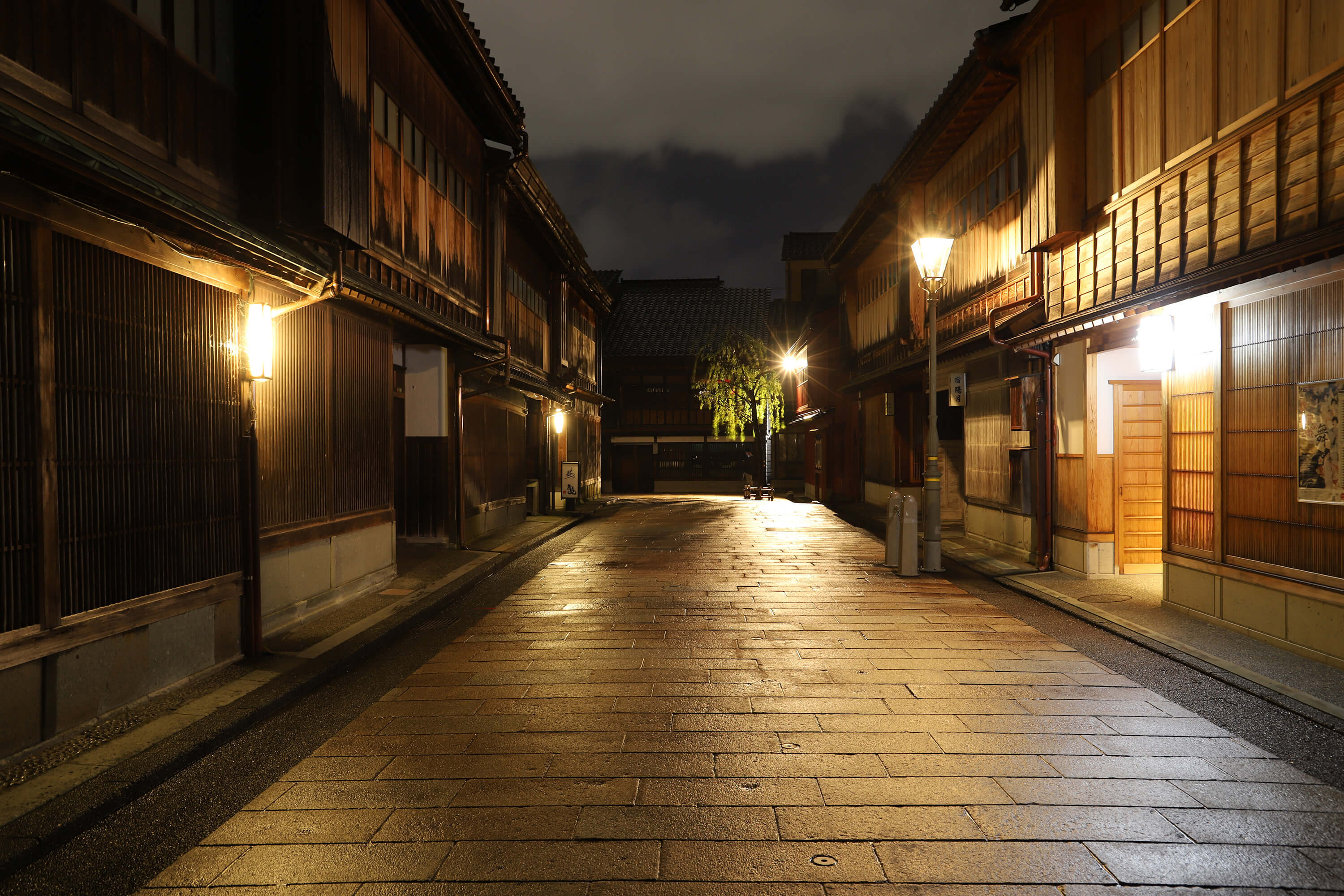Learn about samurai culture and
the spirit of bushido
Kanazawa Budo Tourism Project
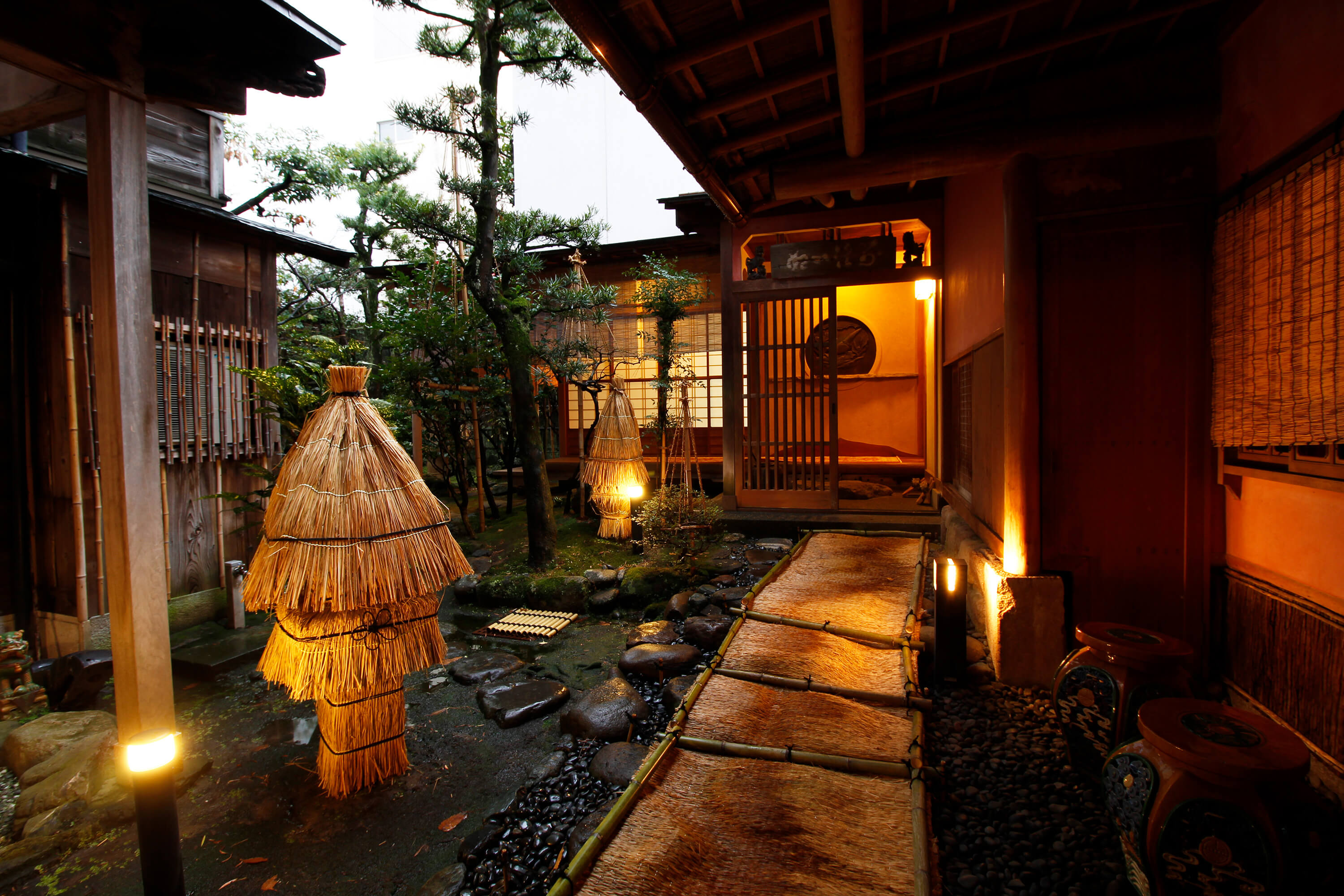
Authentic budo experience in Kanazawa, a castle town in Hokuriku
Kanazawa, the central city of Ishikawa Prefecture, used to be a castle town. The foundation of Kanazawa was built by Toshiie Maeda, the founder of the Kaga domain and a military commander in the Age of Civil Wars. In 1583, Toshiie Maeda entered Kanazawa Castle, and for the next 290 years, the Maeda family lived in Kanazawa and worked to develop its politics, economy, and culture, especially its crafts and performing arts. In this way in Kanazawa, where the samurai culture is still passed down today, there are many places where you can experience the spirit of bushido, which is the foundation of both budo and traditional arts.
Kanazawa is a place where kyudo has been particularly popular since the Edo period (1603 to 1868). Kyudo is a budo of shooting an arrow by drawing a bow and aiming it at a target. Through kyudo, you also learn manners and beautiful movements. In the kyudo experience class program held at the Ishikawa Prefectural Budokan, you can experience kyudo safely under the guidance of members of the Ishikawa Prefecture Kyudo Federation. Kenrokuen Kyudojo will be completed in March 2023, and you will be able to experience kyudo here.
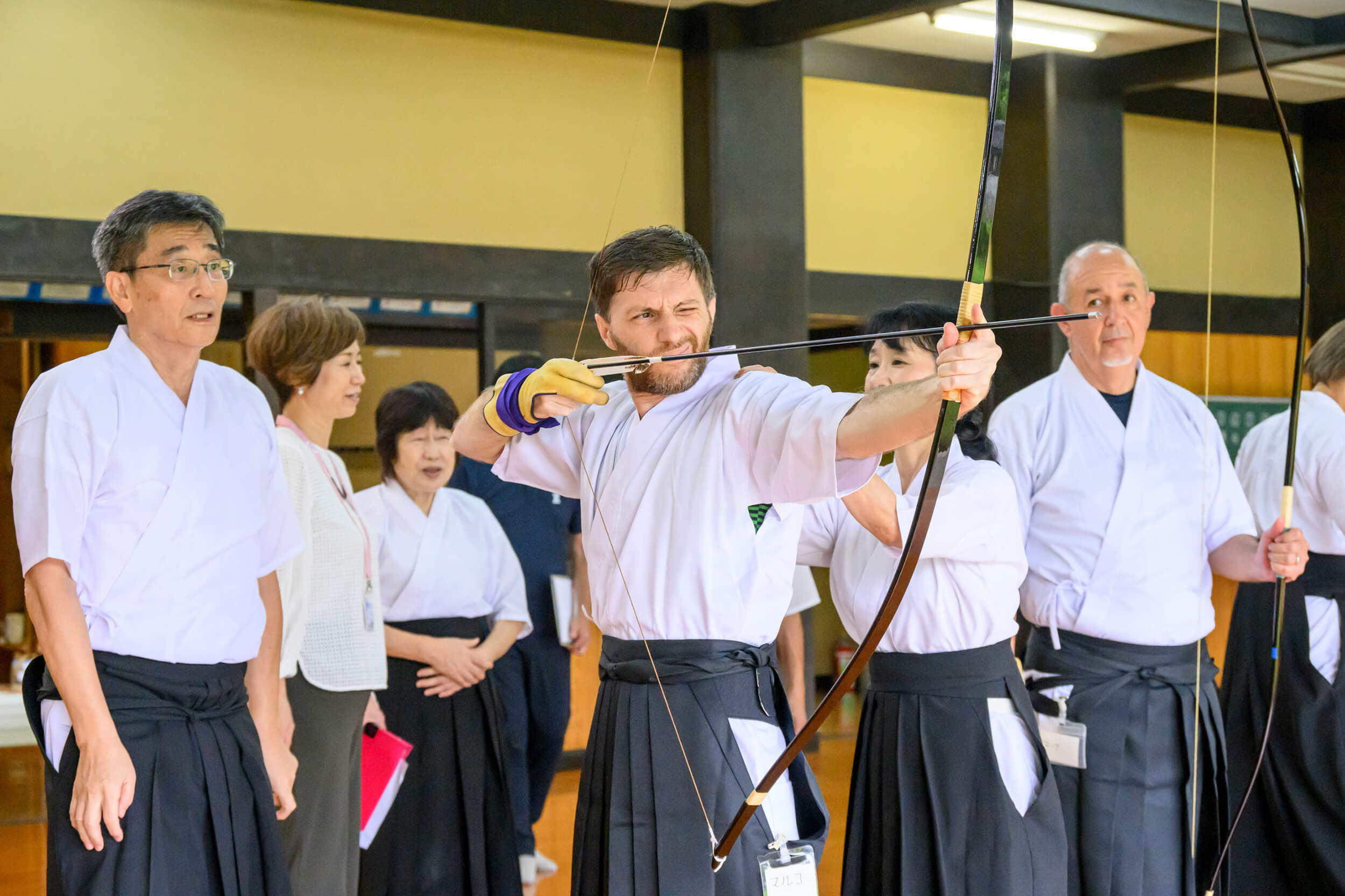
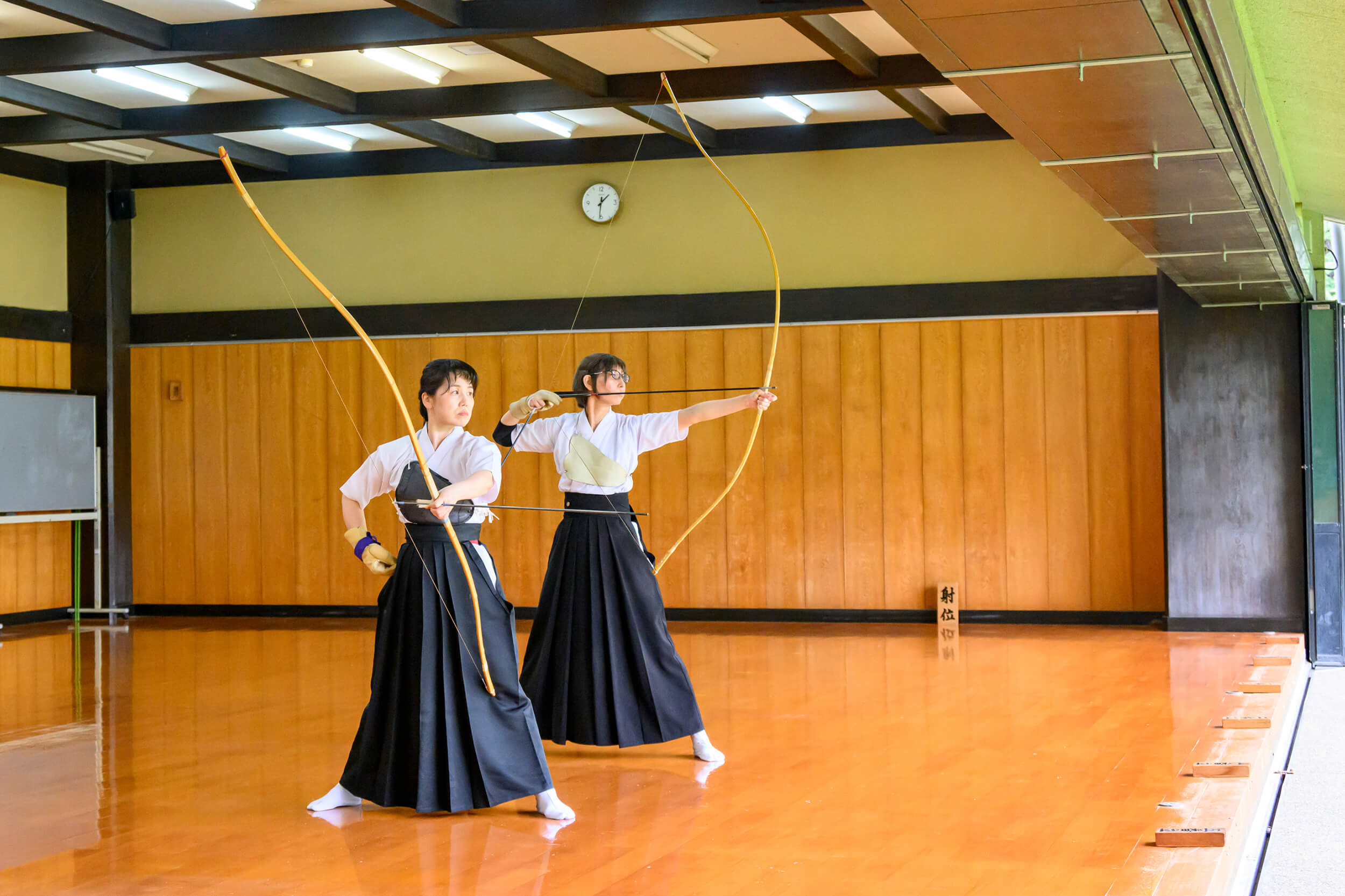
You can also learn the spirit of bushido from kendo, which uses a shinai (bamboo sword) to fight one to one. At Saishikan, instructors carefully teach basic movements such as kendo etiquette, “beginning and ending with a bow”, how to grip and hold a shinai, and how to swing and strike.
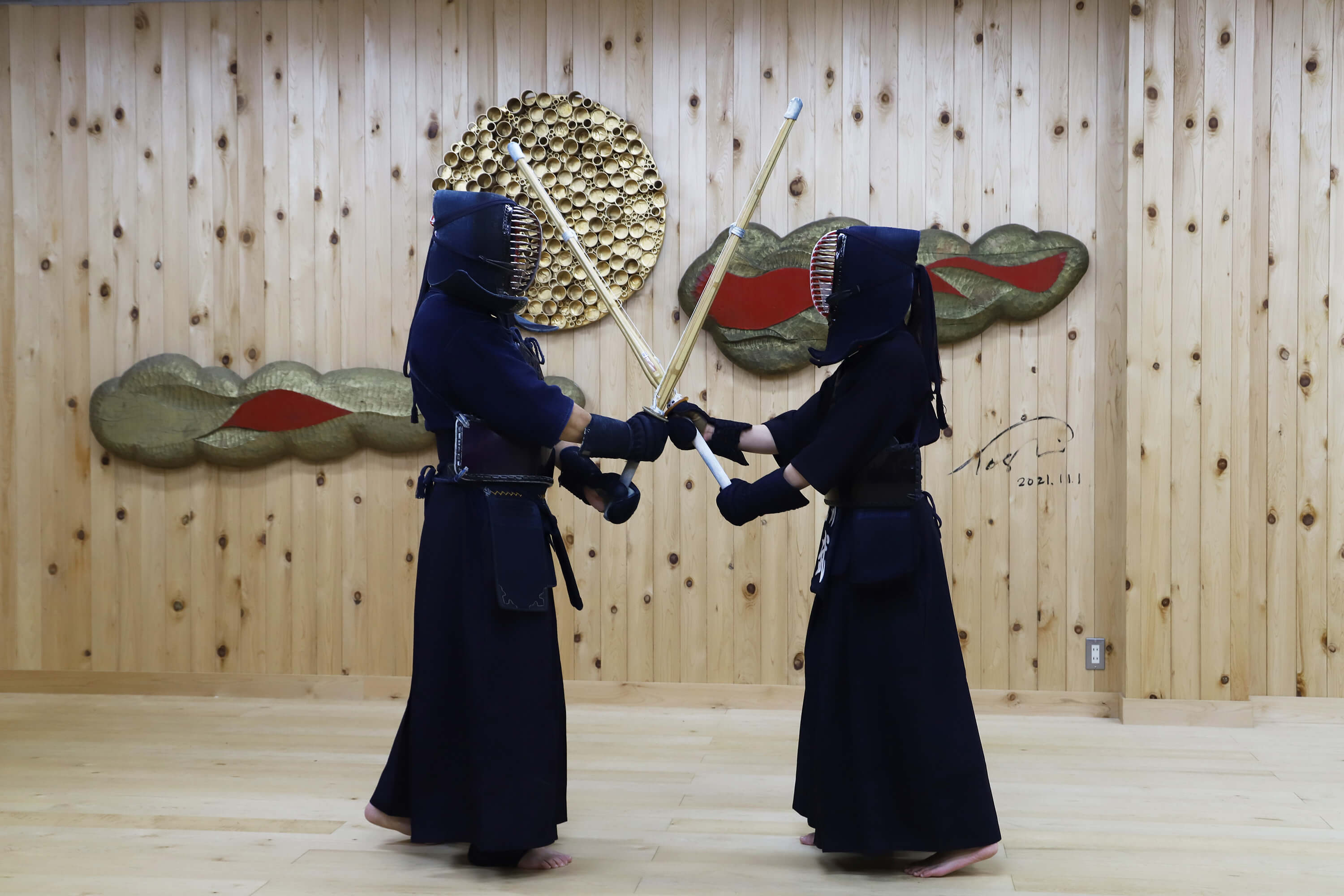
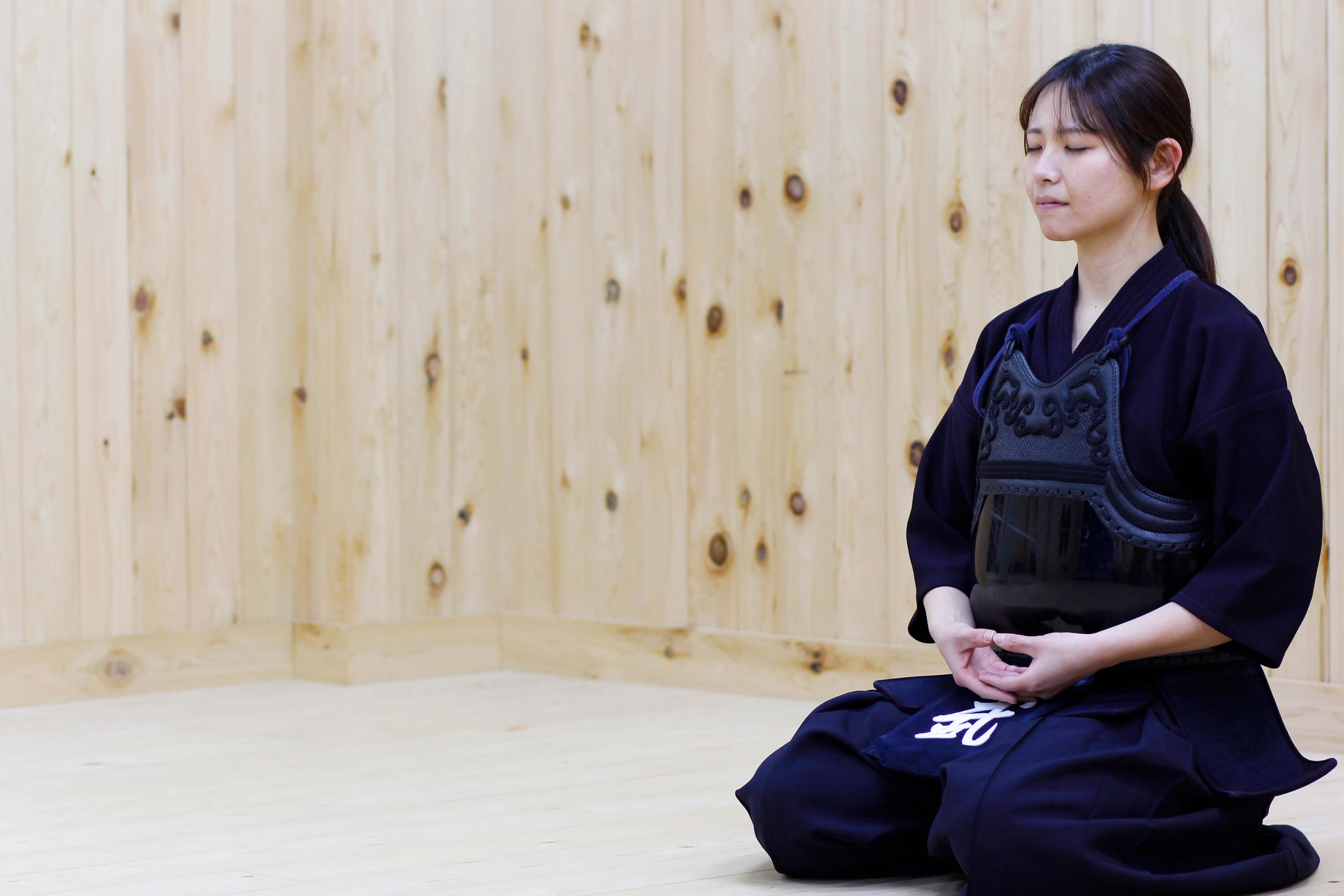
Shijimaya Honpo, where you can actually hold and appreciate real Japanese swords, is also a hot spot. Masahisa Shijimaya, the fifth generation of a long-established store that has been making Kaburazushi, Kanazawa’s traditional fermented food for about 150 years, is a descendant of samurai. In addition to explaining about swords in an easy-to-understand way, he also gives a demonstration of iaido.
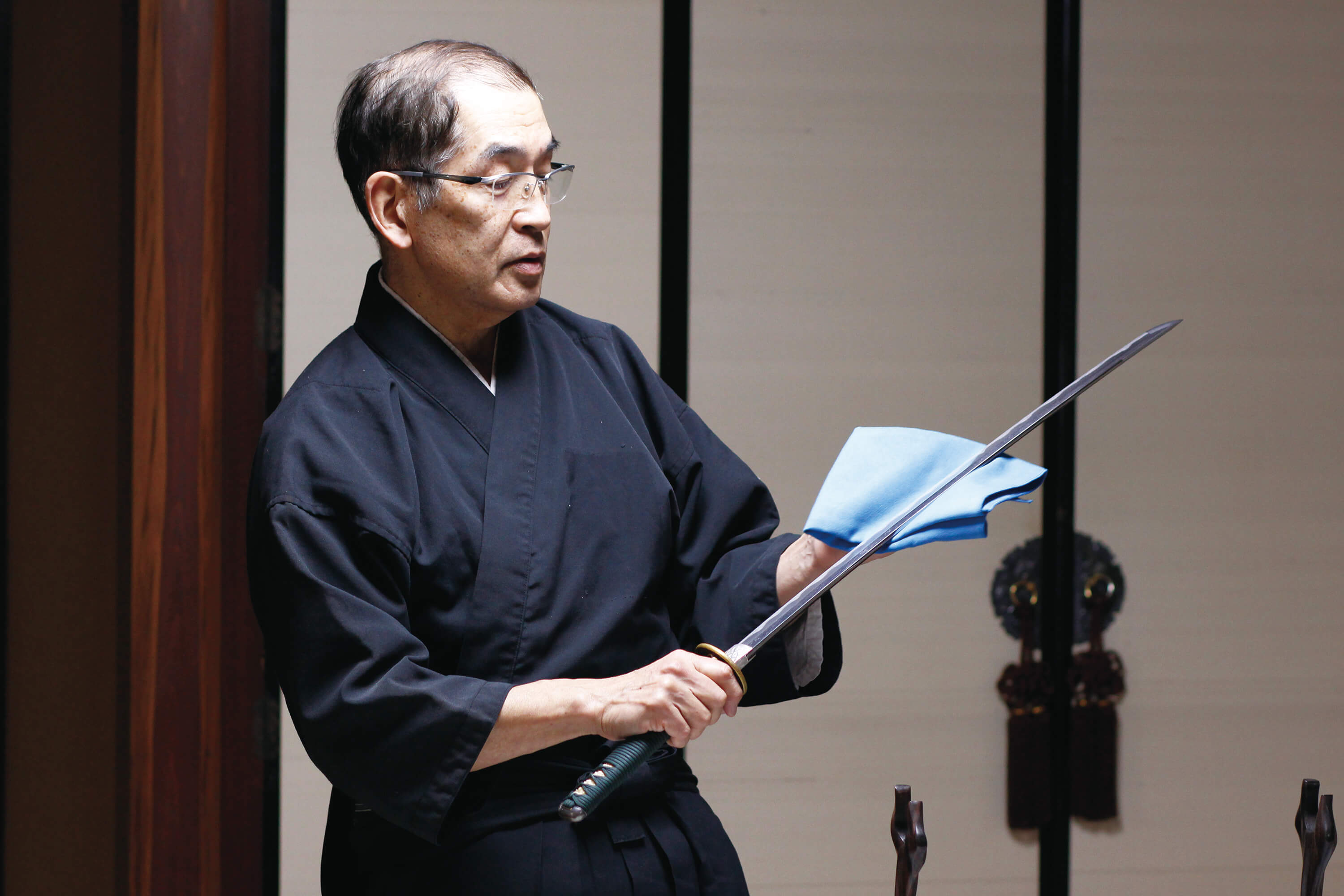
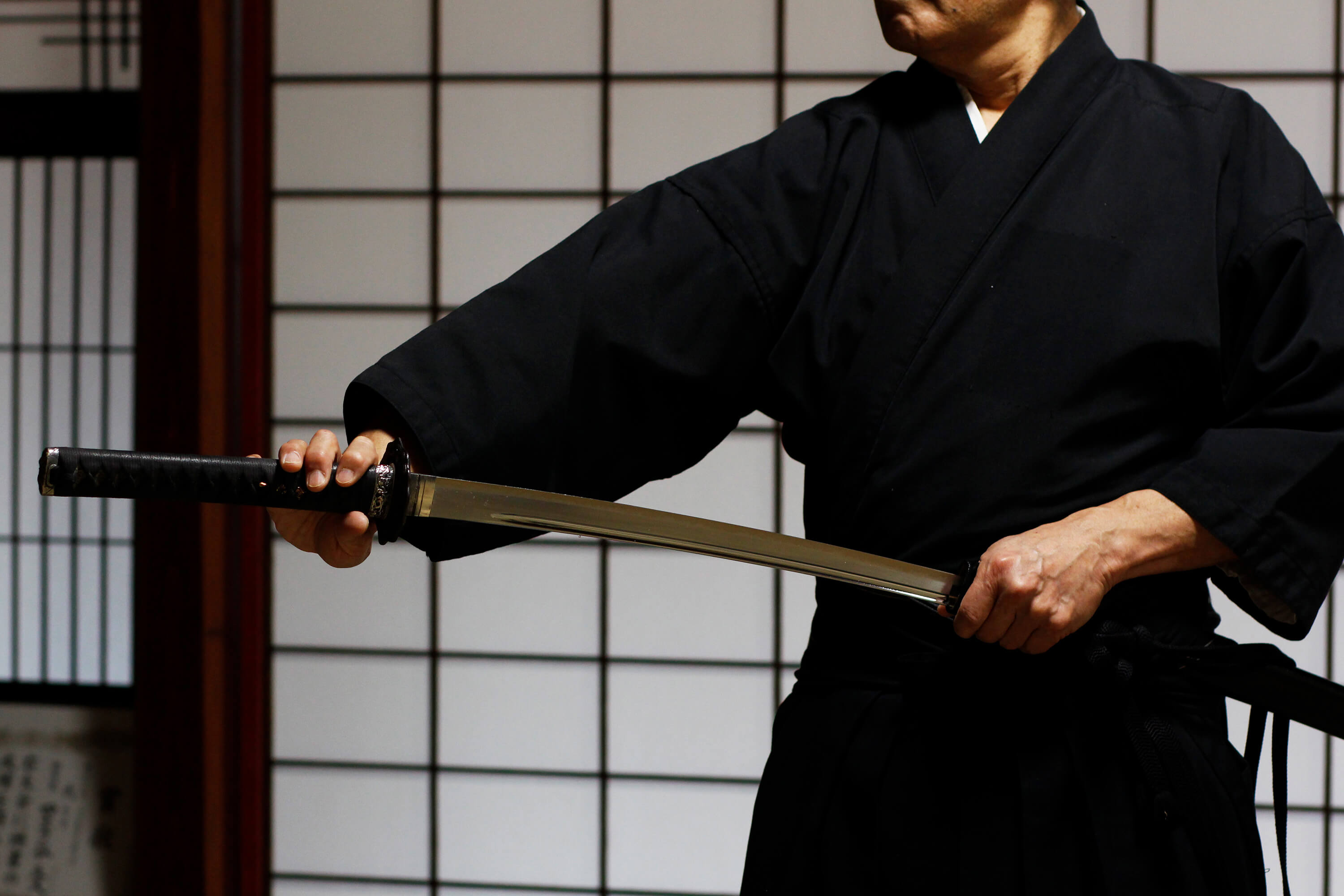
Enjoy a tea ceremony in Kanazawa’s oldest teahouse
Not only budo, but also the tea ceremony was an essential part of the samurai’s accomplishment, and the culture of the tea ceremony was encouraged in Kaga domain. You can experience the tea ceremony in various places in Kanazawa, but at Nishidaketeien Gyokusenen, you can experience the tea ceremony sitting on a chair (ryureishiki).
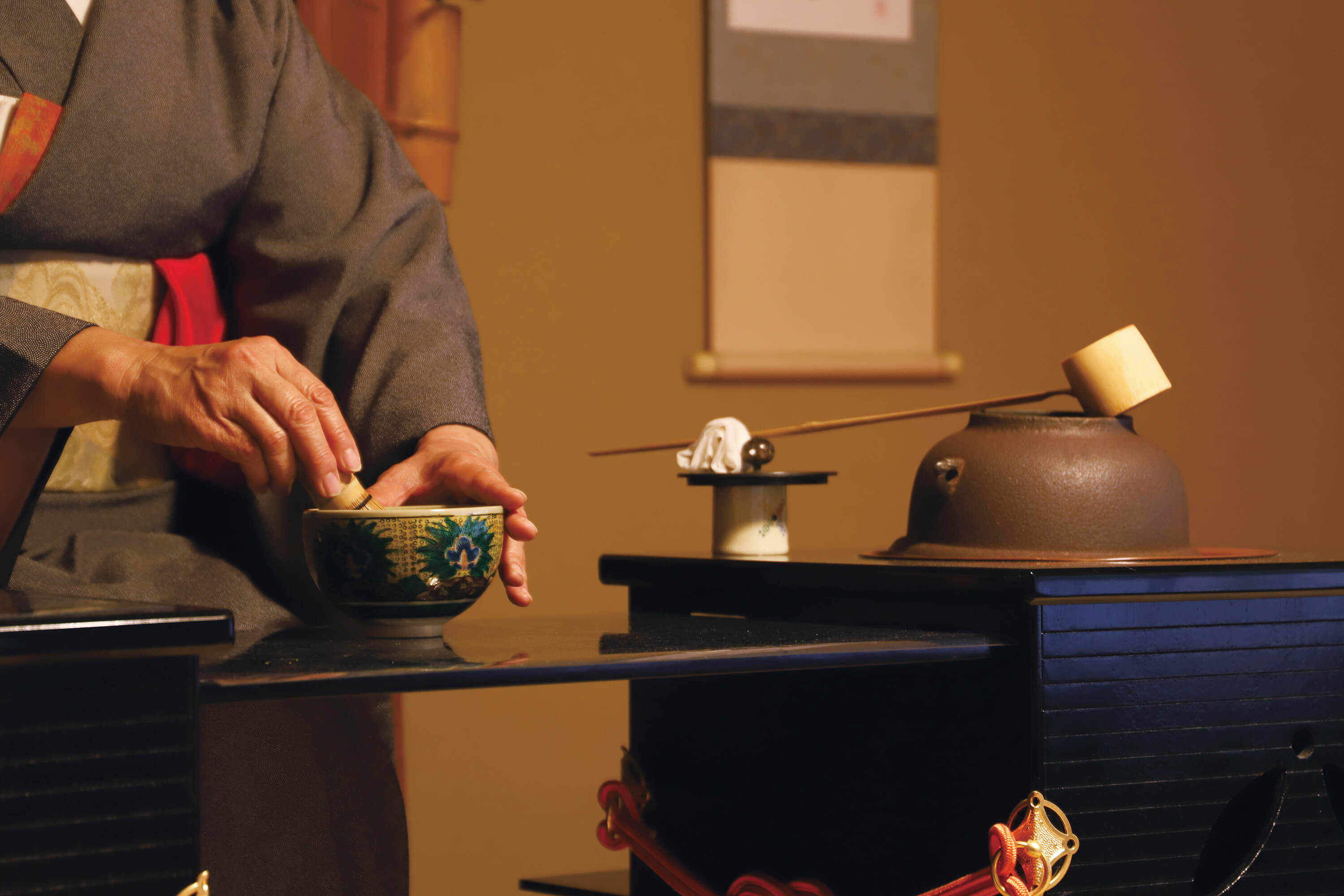
The tea ceremony is usually held in the seiza style (sitting on one’s heels), but this program is designed to allow foreigners to casually experience it, with English explanations by staff. You can enjoy tea with seasonal fresh sweets while viewing the beautiful garden in Kanazawa’s oldest teahouse.
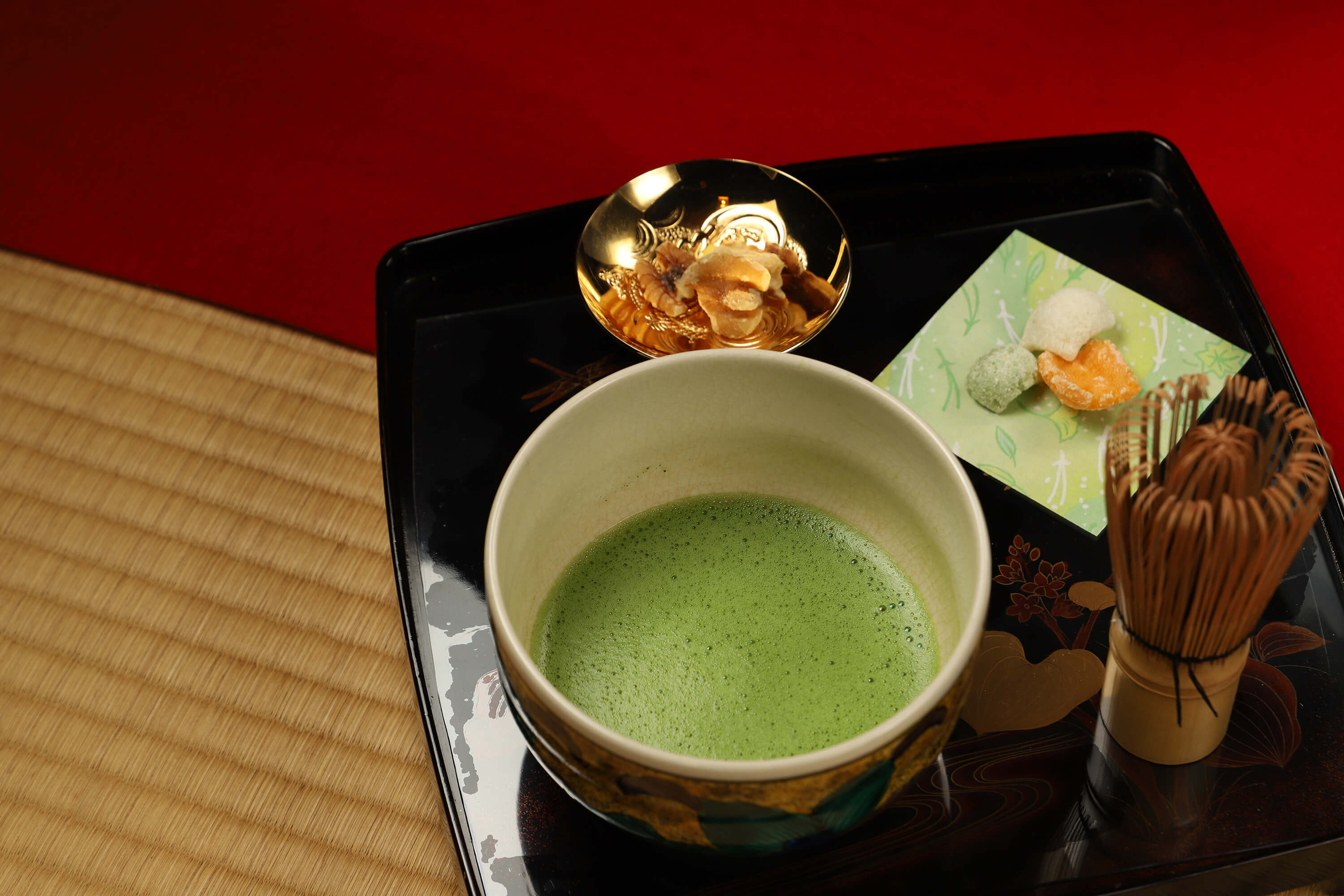
Enjoy Kanazawa’s visually appealing local cuisine
To get to know Kanazawa’s food, head to Omicho Ichiba first. It is affectionately known as Omicho by local residents, and there are about 170 specialty stores for goods such as fresh fish, fruit and vegetable, meat, and prepared food.
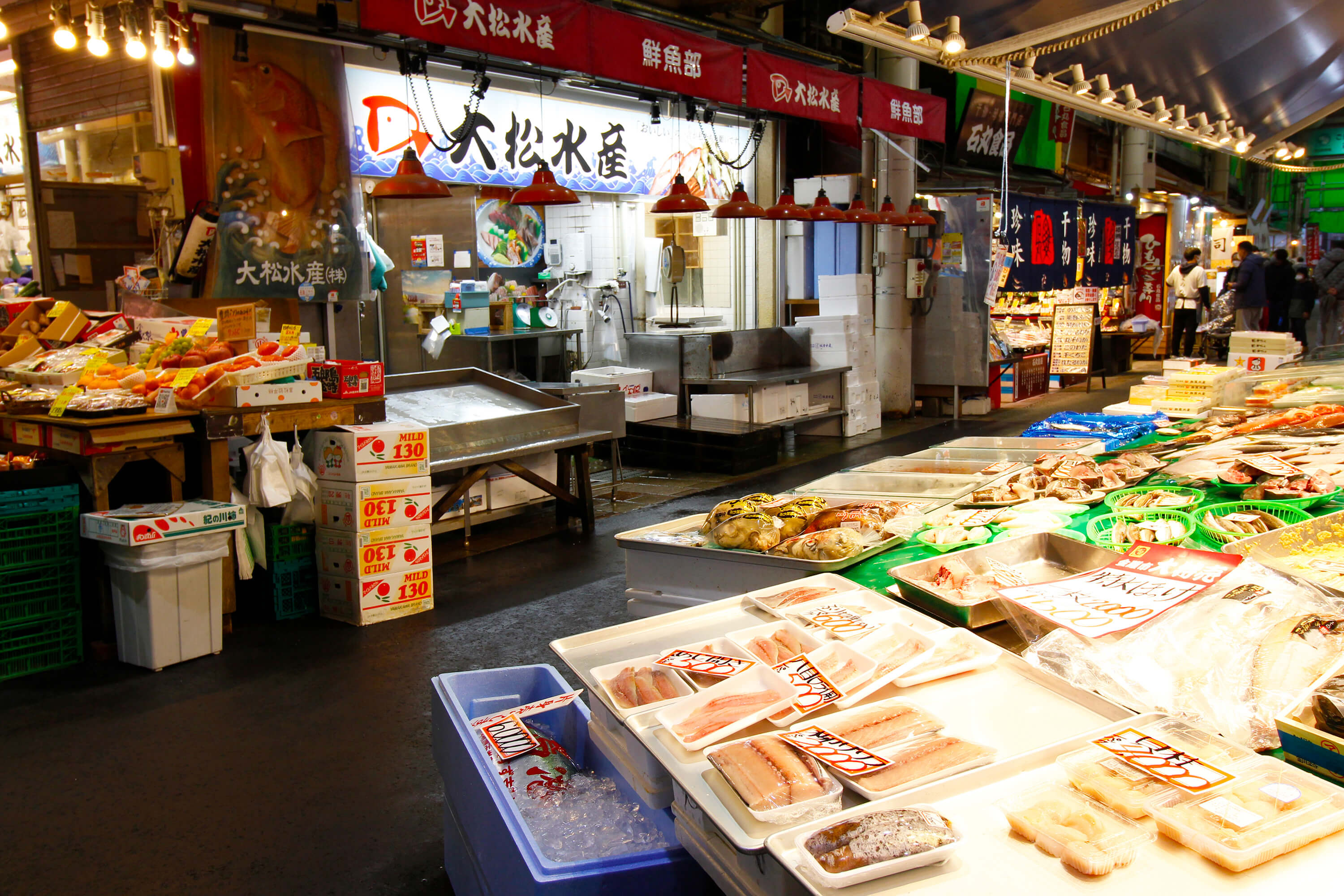
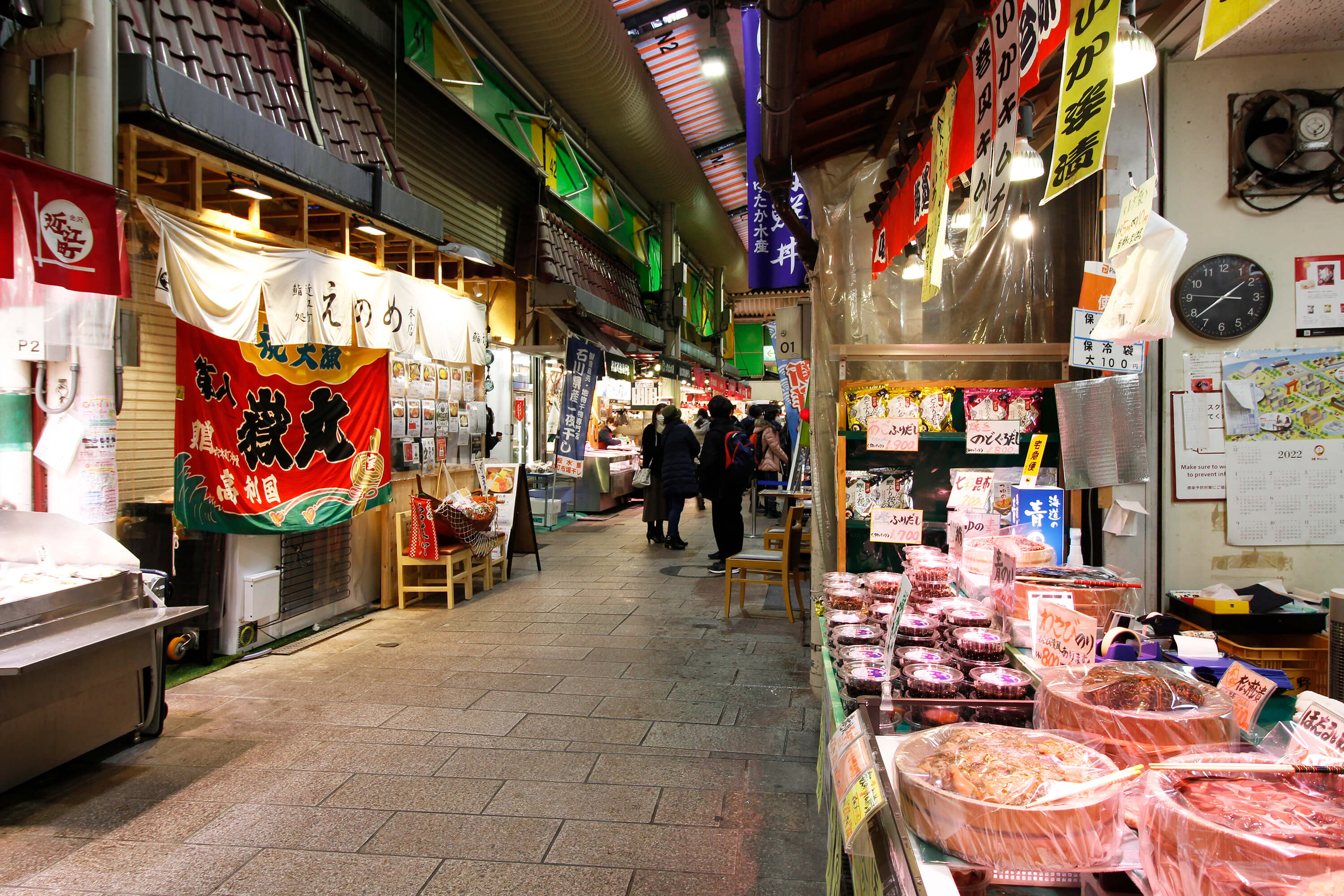
There are many fresh seafood restaurants in the market, and queues can form even in the morning. There are many kinds of sashimi in the bowl. Especially recommended is the bowl of gasu shrimp. Gasu shrimps lose freshness quickly and change color easily. It is also called “phantom shrimp” because it is distributed only in the producing areas. The season of gasu shrimps is from early spring to early summer, but some restaurants serve it even in winter. The rich sweetness and flavor is much better than you can imagine.
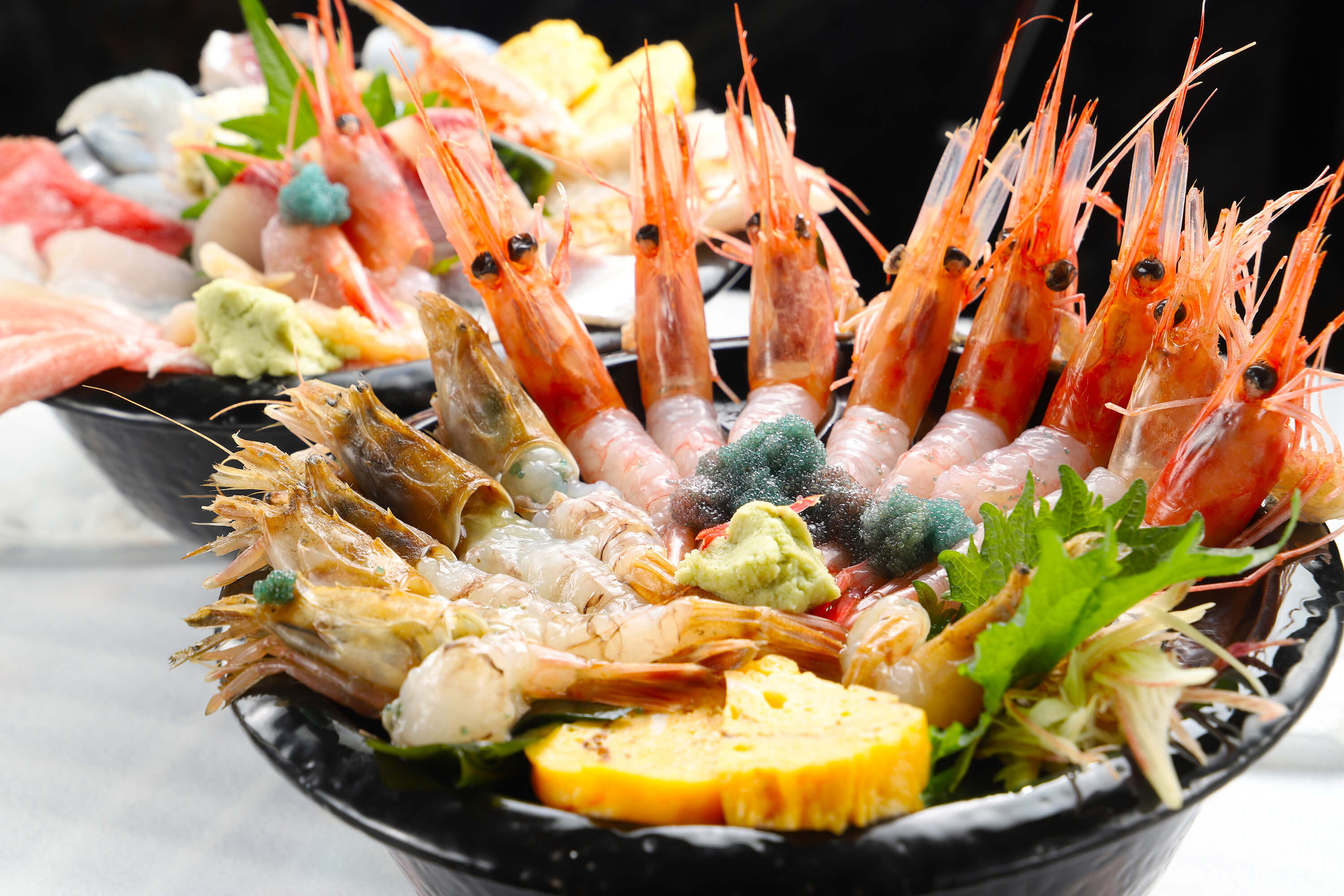
As for local cuisine, jibuni, a samurai cuisine that is said to have been eaten since the Edo period, is famous. Jibuni, in which meat, vegetables, and wheat gluten are boiled, is characterized by the thick soup. At the Saryo Isseian in the Ryotei Otomoro, which was established later by a chef employed by a lord of Kaga domain, jibuni is served as a single dish, so you can enjoy the taste at a prestigious ryotei (high-end Japanese-style restaurant).
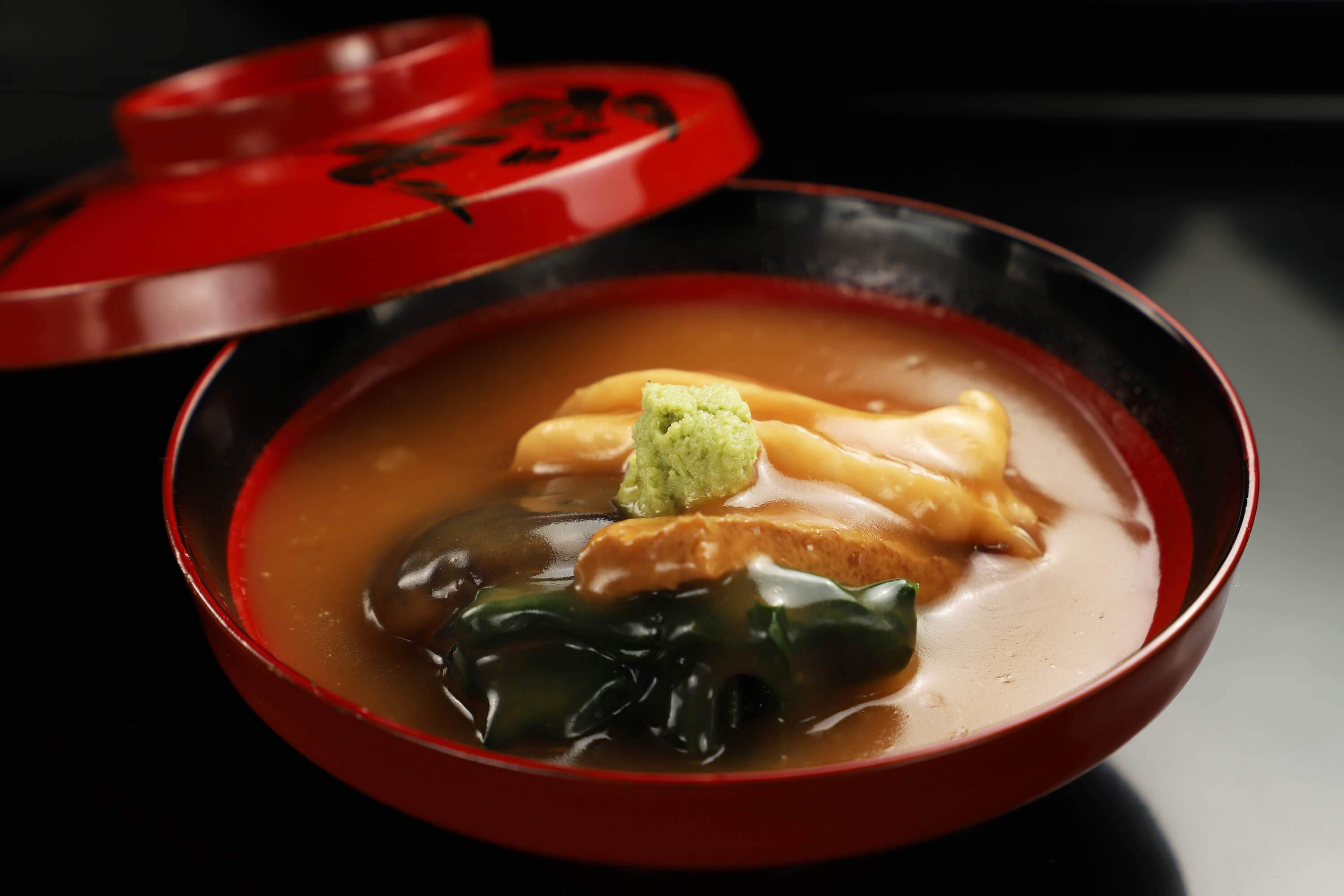
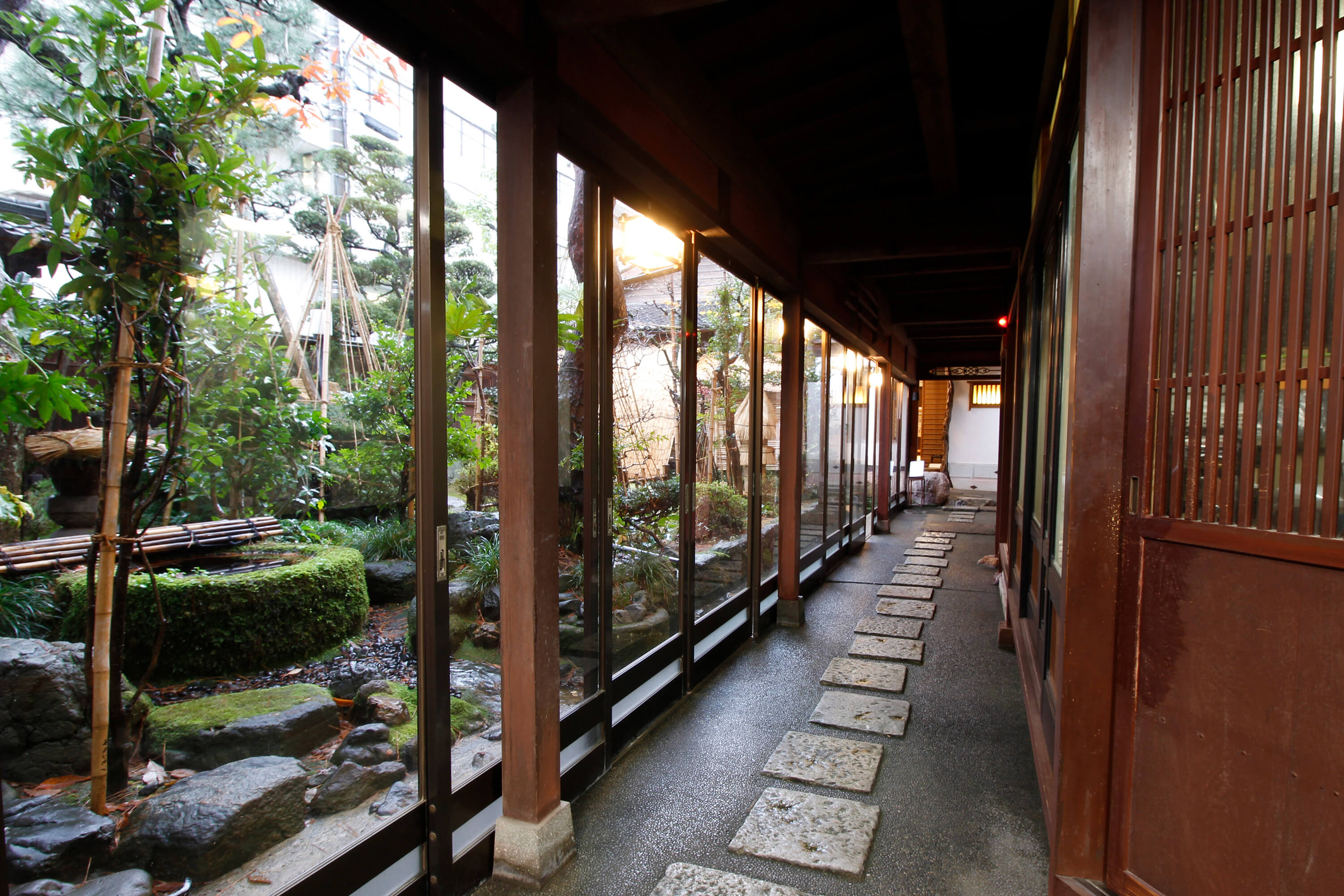
Scenic streets of Kanazawa where samurai culture has been handed down from generation to generation
The city of Kanazawa has many attractions, including Kanazawa Castle Park, which is designated as a national historic site, and Kenrokuen, one of the three most famous gardens in Japan, which was formed over many years by the successive lords of the Kaga domain.
There are three teahouse towns, Higashi, Nishi and Kazuemachi, and the Kazuemachi teahouse district in particular is dotted with souvenir shops and craft galleries for gold leaf, Japanese sweets, and accessories, as well as restaurants and shops renovated from teahouses. It is crowded during the day, but the atmosphere changes completely at night. You can hear the sound of entertainment by geiko from ozashiki (tatami rooms). The beautiful kimusuko (wooden trellis window) retains the atmosphere of the old days, and if you walk around the street, you can feel the rich samurai culture.
